Growatt Smart Meter-US User manual
Other Growatt Measuring Instrument manuals
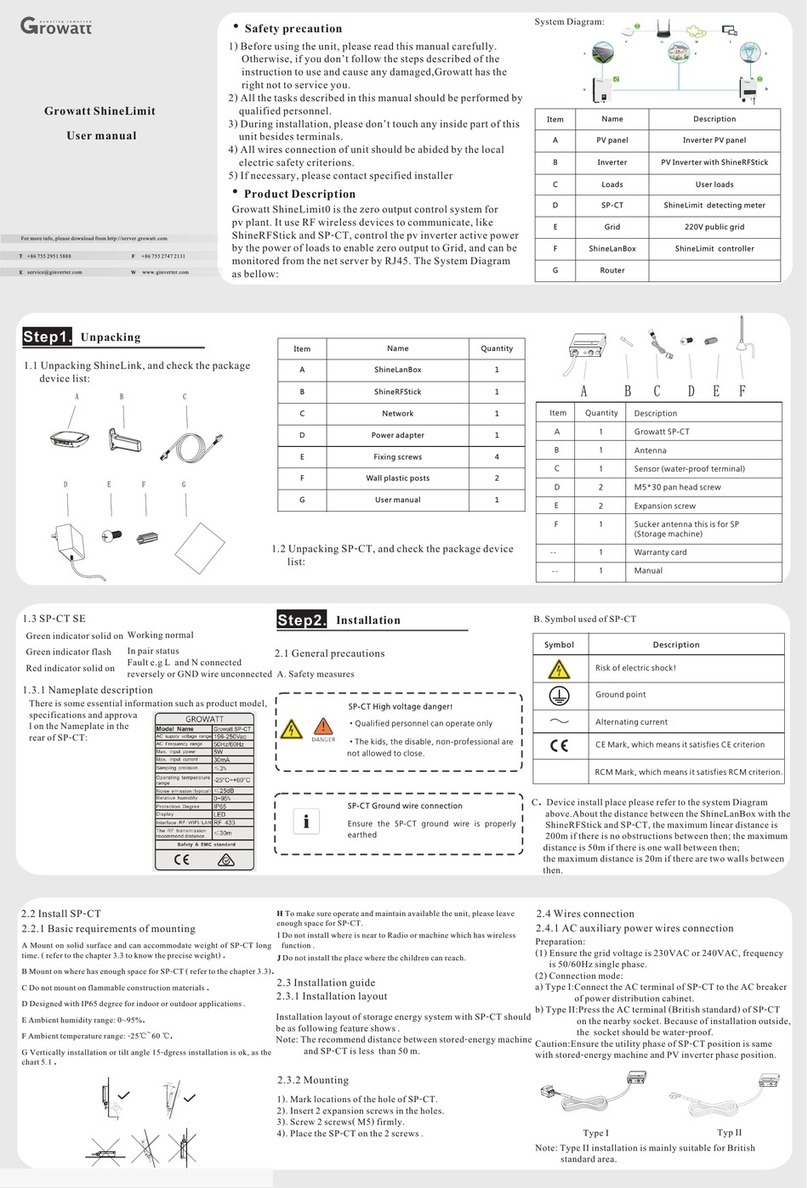
Growatt
Growatt ShineLimit User manual
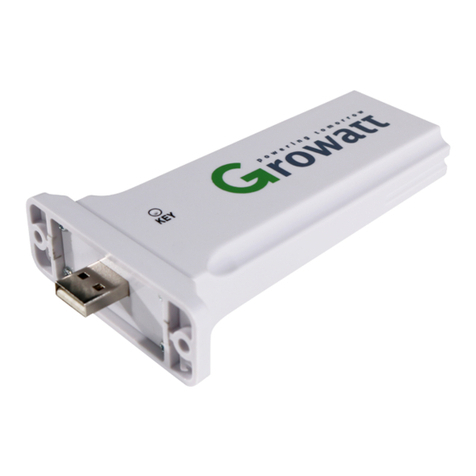
Growatt
Growatt Shine GPRS-F User manual
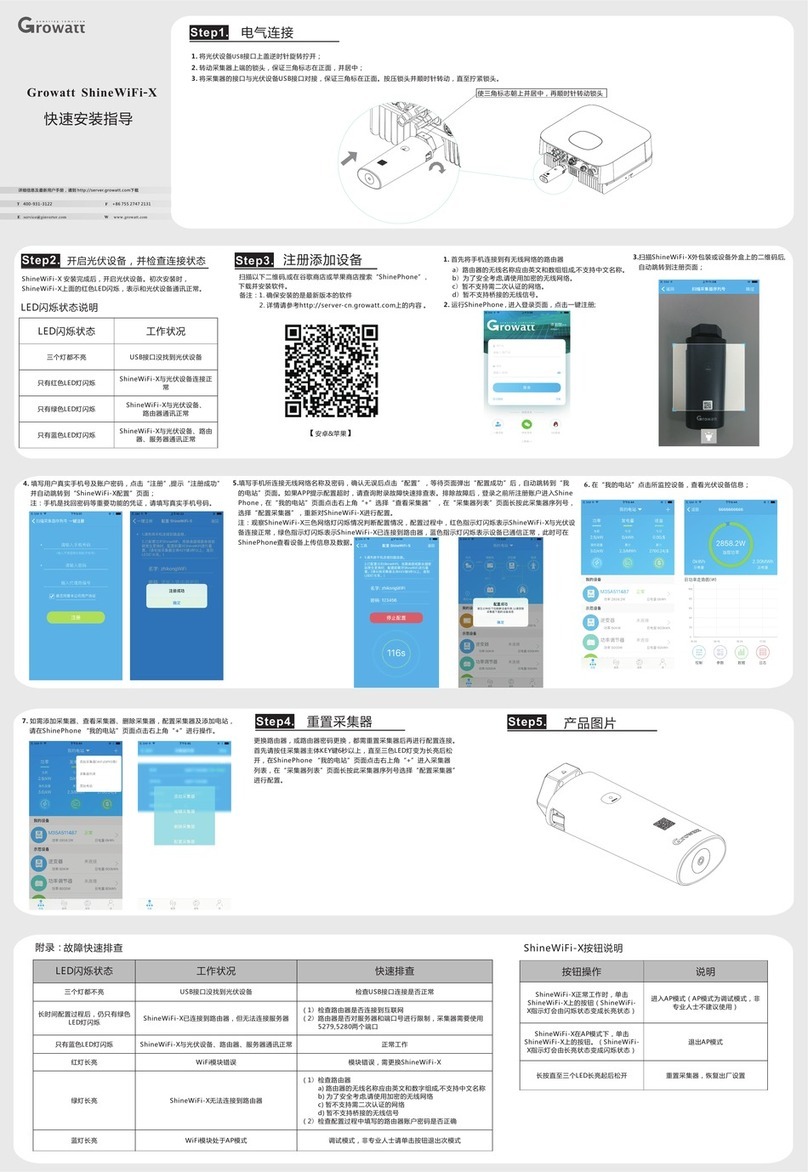
Growatt
Growatt ShineWiFi-X User manual
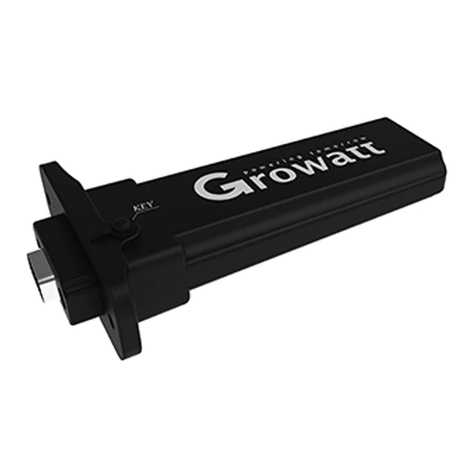
Growatt
Growatt ShineWiFi-S Instruction sheet
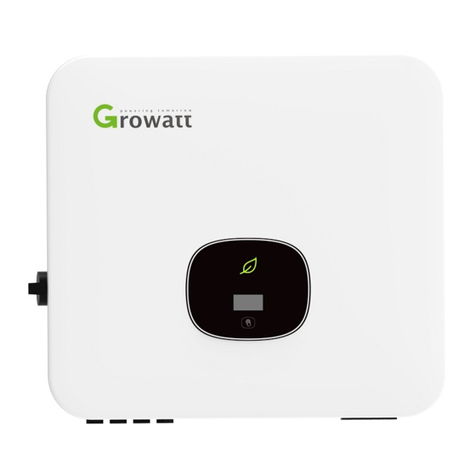
Growatt
Growatt MOD 3-15KTL3-X User manual
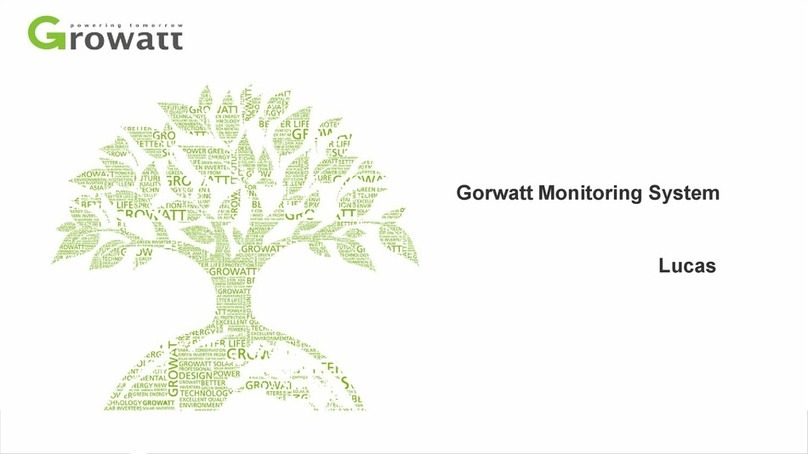
Growatt
Growatt Lucas User manual
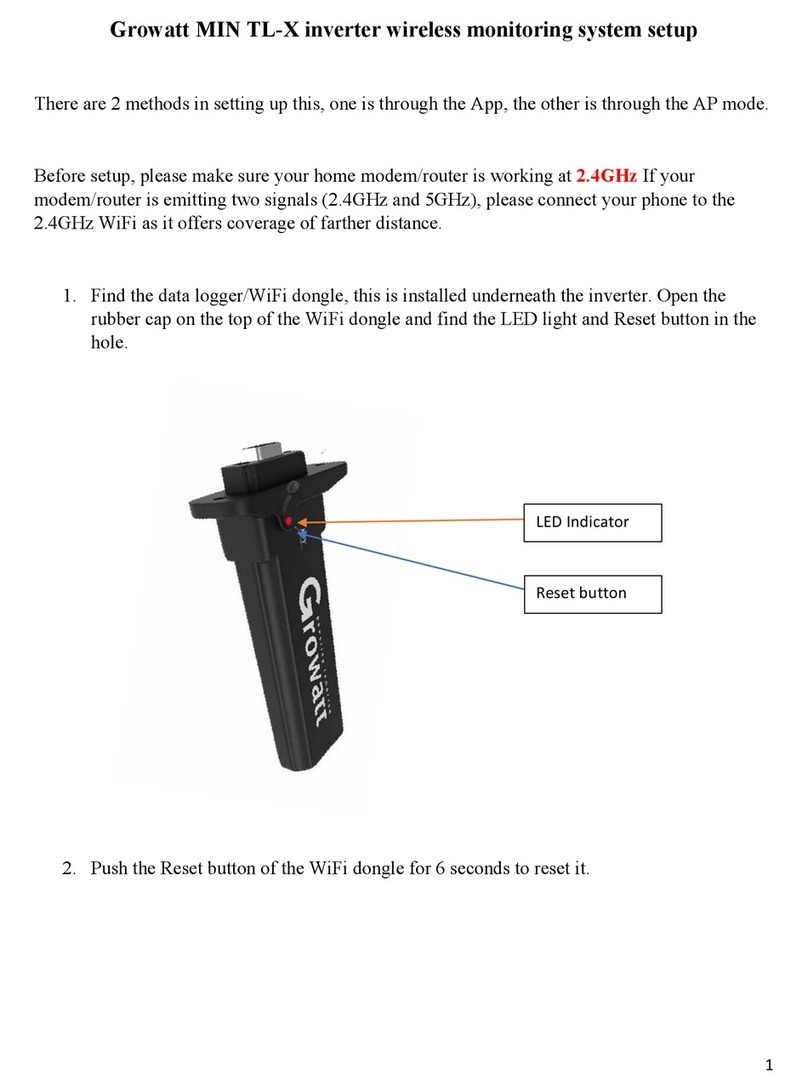
Growatt
Growatt MIN TL-X Manual

Growatt
Growatt ShineVision User manual
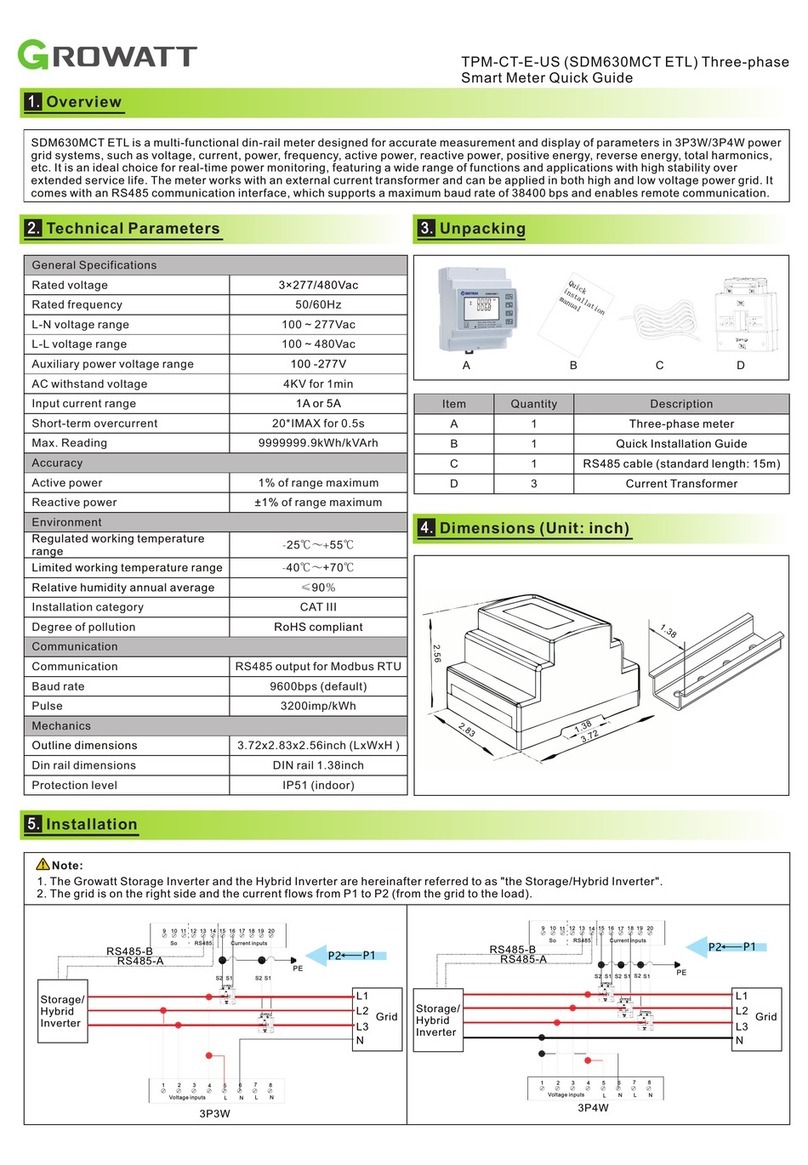
Growatt
Growatt TPM-CT-E-US User manual

Growatt
Growatt ShineLink-X User manual

Growatt
Growatt ShineWiFi-X Instruction sheet

Growatt
Growatt ShineLink-X Operating and maintenance instructions

Growatt
Growatt TPM-CT-E-EU User manual
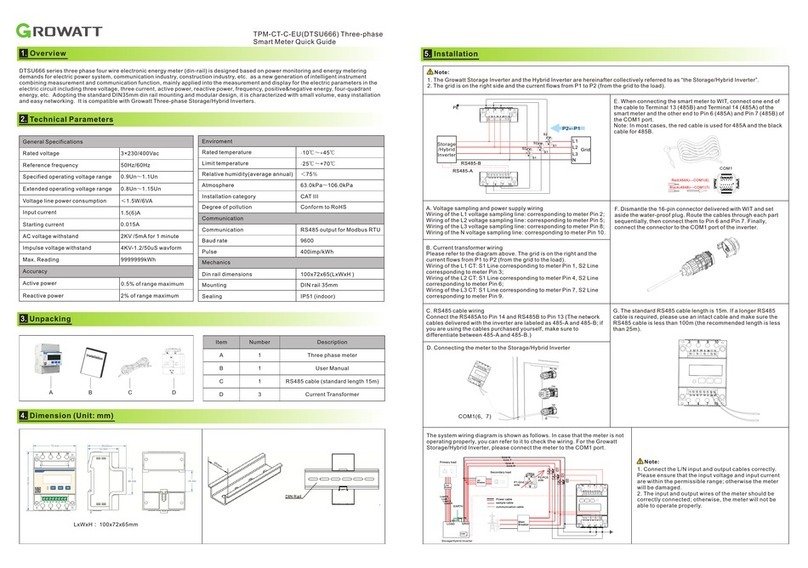
Growatt
Growatt TPM-CT-C-EU User manual
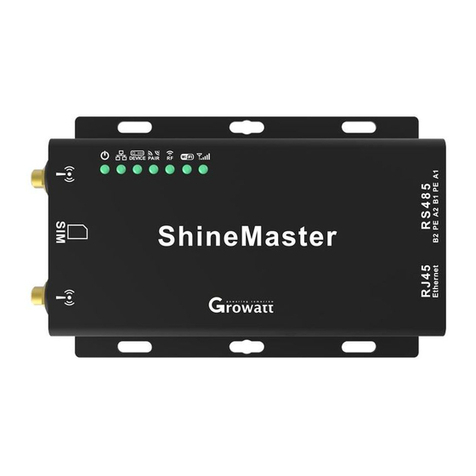
Growatt
Growatt ShineMaster User manual

Growatt
Growatt Shine3G Instruction sheet

Growatt
Growatt ShineWiFi Instruction sheet

Growatt
Growatt SPH Series User manual
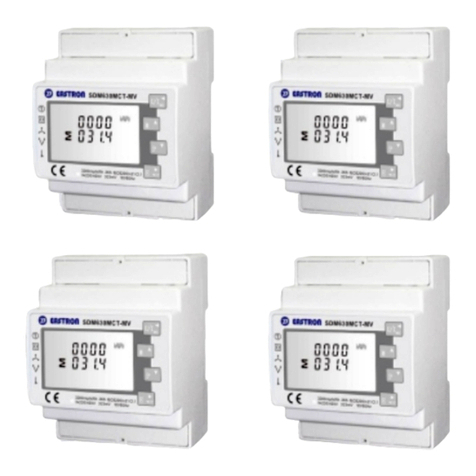
Growatt
Growatt TPM-E SDM630-Modbus V3 User manual

Growatt
Growatt ShineWiFi-X User manual
Popular Measuring Instrument manuals by other brands

Powerfix Profi
Powerfix Profi 278296 Operation and safety notes

Test Equipment Depot
Test Equipment Depot GVT-427B user manual

Fieldpiece
Fieldpiece ACH Operator's manual

FLYSURFER
FLYSURFER VIRON3 user manual

GMW
GMW TG uni 1 operating manual

Downeaster
Downeaster Wind & Weather Medallion Series instruction manual

Hanna Instruments
Hanna Instruments HI96725C instruction manual

Nokeval
Nokeval KMR260 quick guide

HOKUYO AUTOMATIC
HOKUYO AUTOMATIC UBG-05LN instruction manual

Fluke
Fluke 96000 Series Operator's manual

Test Products International
Test Products International SP565 user manual

General Sleep
General Sleep Zmachine Insight+ DT-200 Service manual












